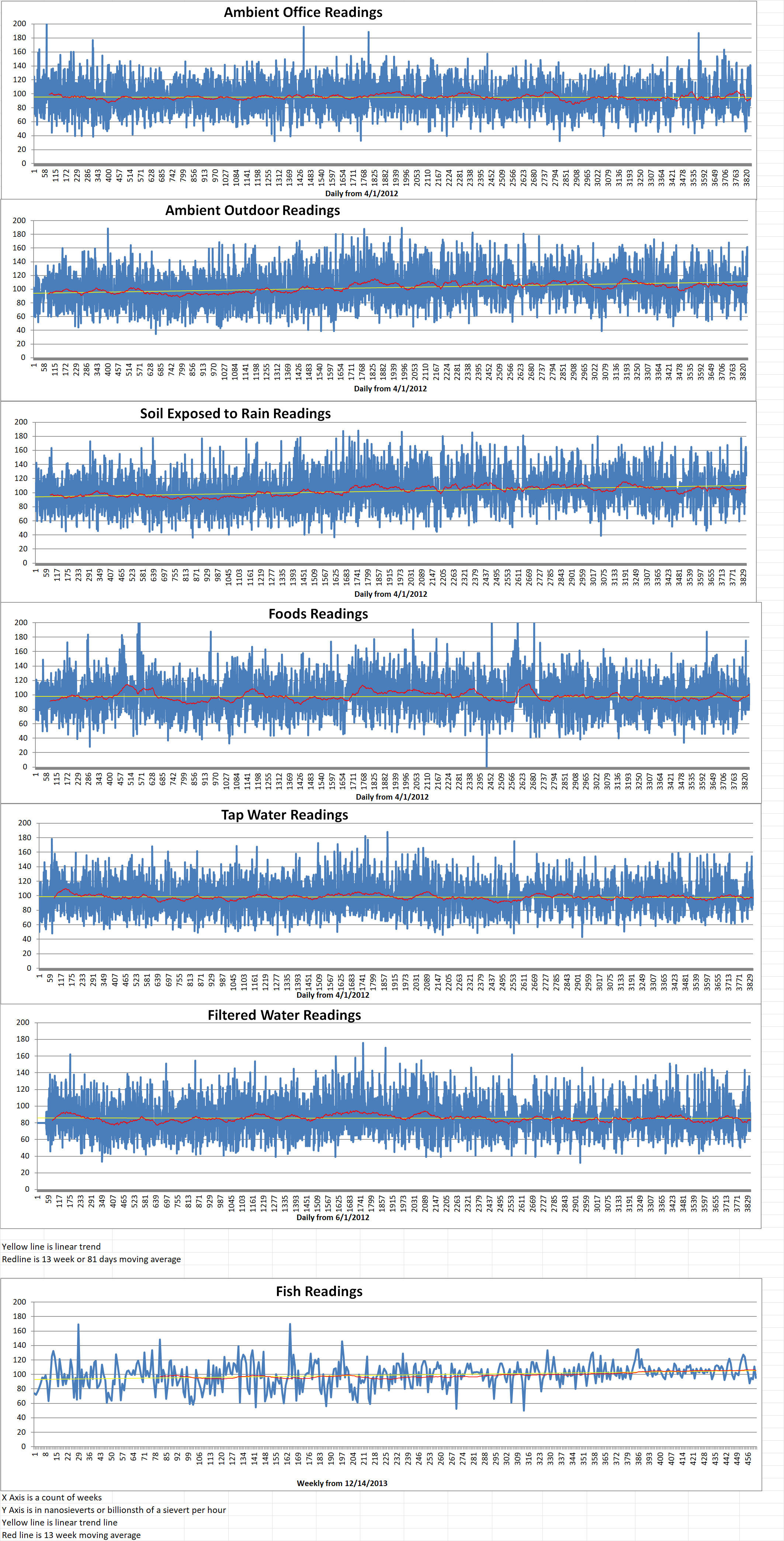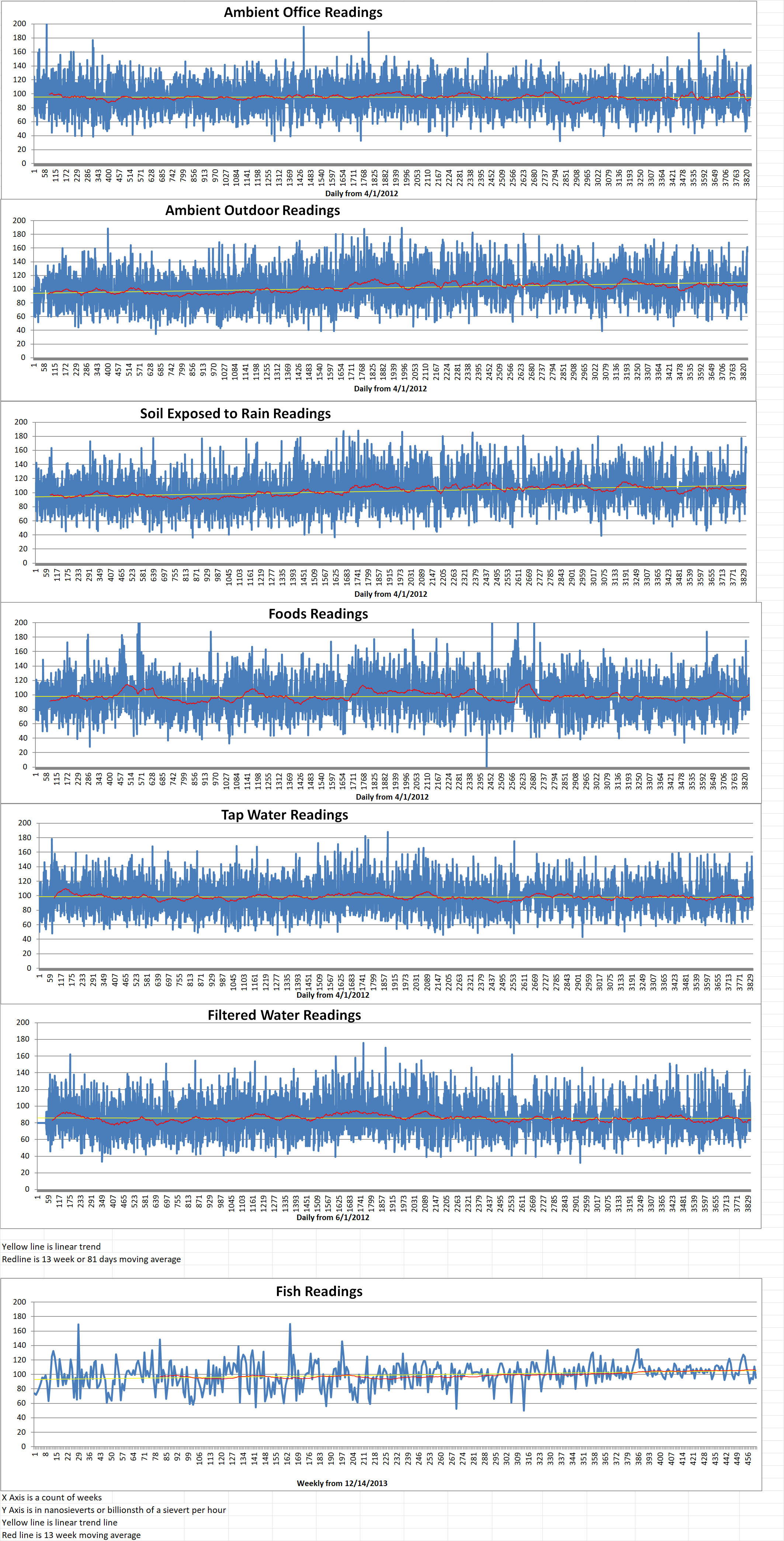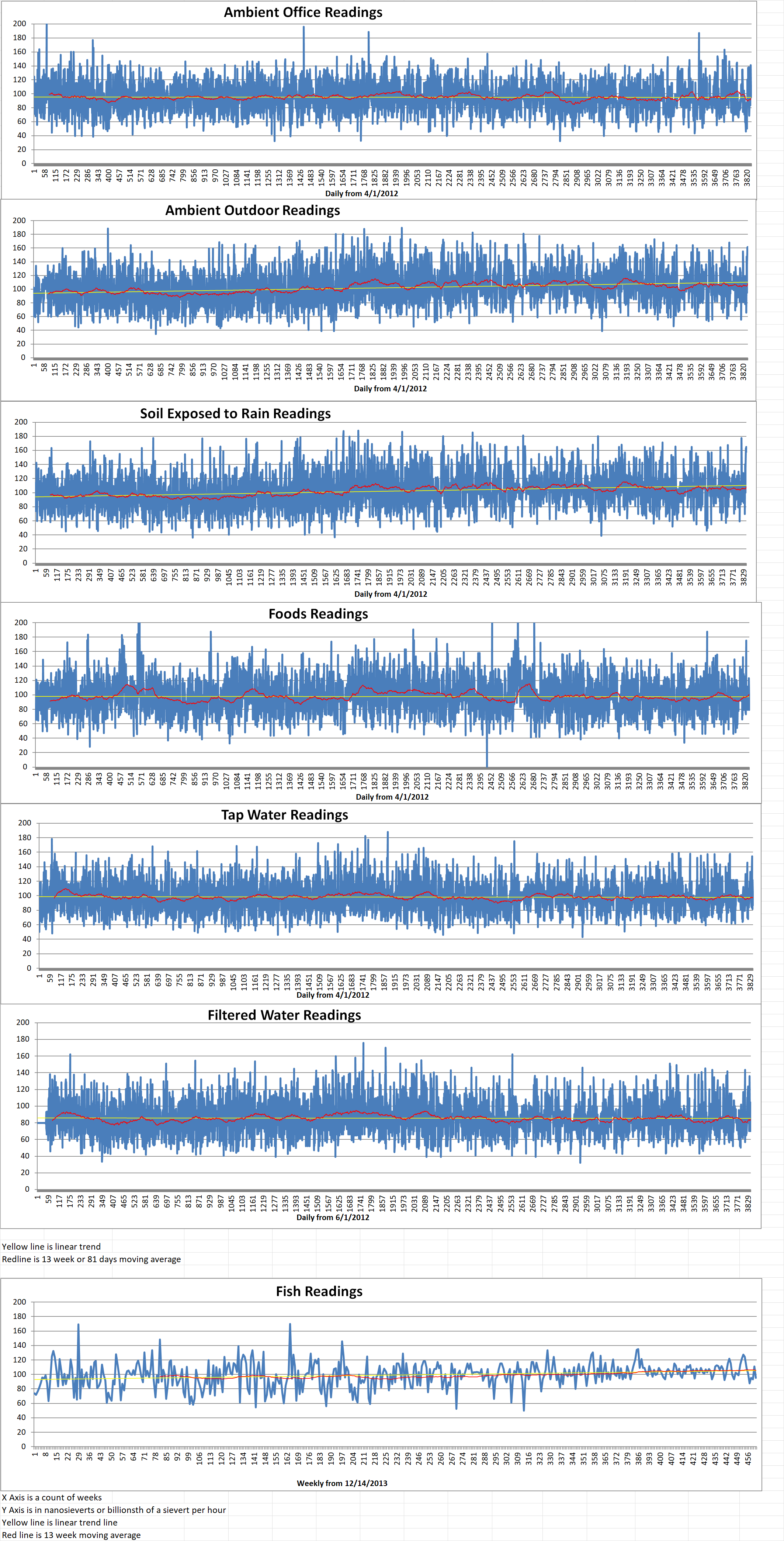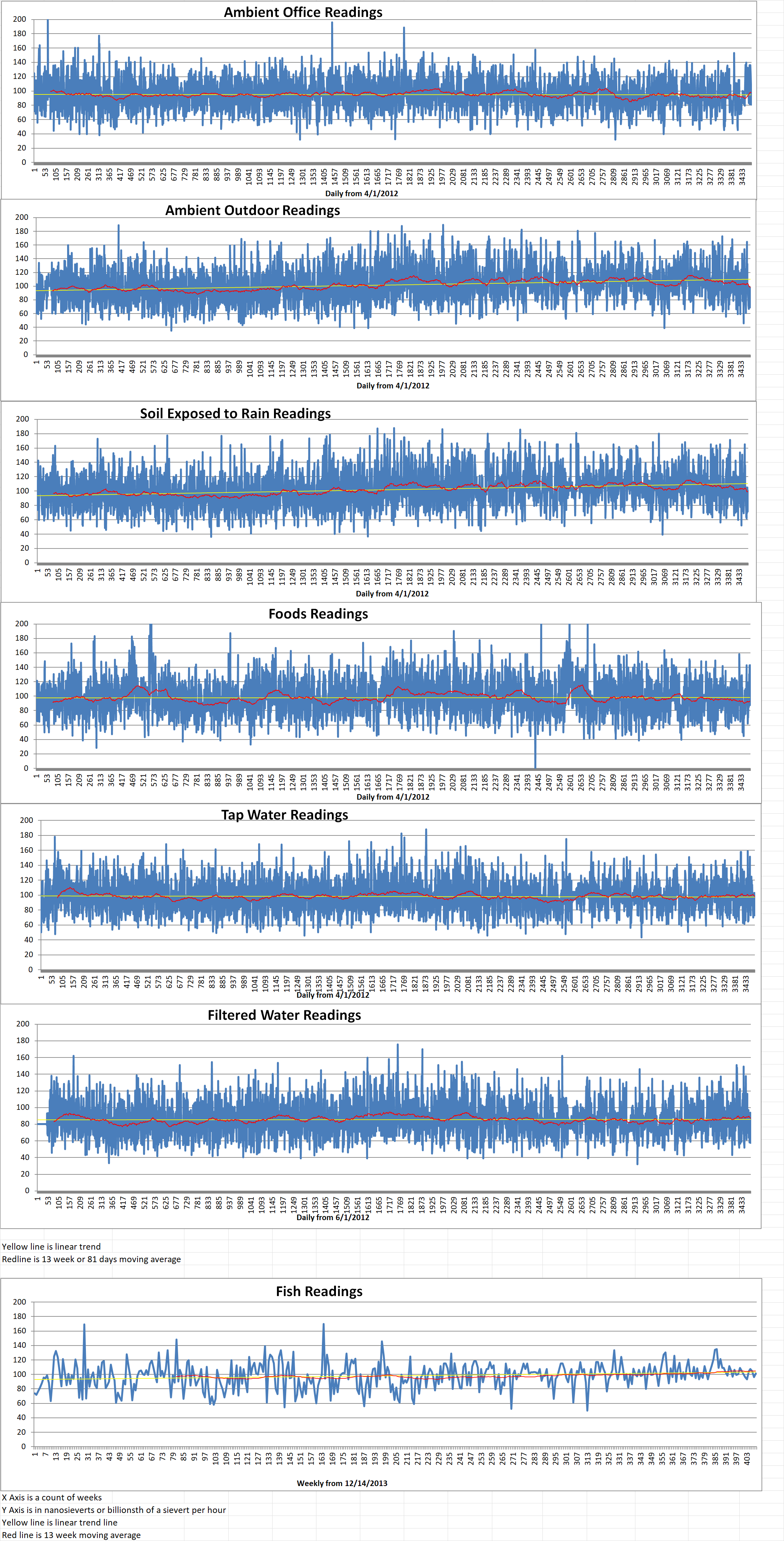Physicists in Germany at the Max Planck Institute for Plasma Physics recently found a way to minimize a major heat-loss problem plaguing a promising kind of nuclear fusion reactors called a “stellarator”.
Nuclear fusion takes place when the nuclei of two atoms merge into one. This releases a huge amount of energy. It is the process that power the Sun and other stars. If we could harness the power on nuclear fusion on Earth, it would mark a major advance in the battle against climate change.
Fusion does not produce any carbon emissions unlike burning fossil fuels. It also does not produce long-lasting radioactive waste unlike nuclear fission. Unlike solar and wind power, fusion does not depend on the weather.
Nuclear fusion can only take place under extreme heat and pressure. Nobel-winning physicist Pierre-Gilles de Gennes once remarked that recreating fusion on Earth would require scientist to put the “sun in a box.” Scientists have designed a variety of nuclear fusion reactors that can create the conditions needed for fusion. However, they require more energy than they produce. Until that changes, fusion will not be a viable source of power.
A stellarator is a type of nuclear fusion reactor that looks like a huge donut that has been squished and twisted out of shape. A coil of magnets surrounds the stellarator to create magnetic fields that control the flow of plasma inside it. By subjecting this plasma to extreme temperatures and pressure, a stellarator can force atoms within it to undergo fusion. Compared to other fusion reactors, stellarators consume less power and have more design flexibility.
However, the stellarator design makes it easier for the plasma to lose heat through a process called “neoclassical transport”. Without heat, you cannot have sustained fusion. Neoclassical transport is also called neoclassical diffusion. It is a type of diffusion seen in fusion power reactors that have a toroidal shape like a donut. It is a modification of classical diffusion. This adds in effects that are due to the geometry of the reactor that gives rise to new diffusion effects.
In classical transport, particles travel in helical paths around the lines of magnetic force. Particles collide and scatter which leads to some of them exiting the magnetic field and cooling the plasma. Neoclassical transport is created by the geometry of the reactor vessel. Because the magnetic fields are not uniform inside the donut, some particles wind up bouncing back and forth in what are called banana orbits. Some of them diffusion out of the magnetic fields, cooling the plasma.
Now, researches have reduced heat loss in the world’s biggest and most advanced stellarator, called the Wendelstein 7-X, by optimizing its magnetic coil. They were able to heat the interior of their nuclear fusion reactor to almost fifty-four million degrees Fahrenheit. That is more than twice as hot as the core of the sun. Testing confirmed that their design had specifically minimized heat loss due to neoclassical transport.
Novimir Pablant is a physicist working on the Wendelstein 7-X. He said “It’s really exciting news for fusion that this design has been successful. It clearly shows that this kind of optimization can be done.”
Blog
-

Nuclear Fusion 109 – German Physicists Improve Magnetic Confinement In Their Wendelstein 7-X Stellarator
-
Nuclear News Roundup Jan 09, 2023
Bill Gates visits West Virginia, considers building nuclear reactors wboy.com
Latin America, Caribbean Achieves Capability in Using Nuclear Techniques to Respond to Natural Disasters iaea.org
Michigan to hire outside firm to study state’s energy future wlns.com
Japan, US to step up cooperation in developing next-generation nuclear reactors asianews.network
-

Geiger Readings for Jan 09, 2023
Ambient office = 97 nanosieverts per hour
Ambient outside = 119 nanosieverts per hour
Soil exposed to rain water = 125 nanosieverts per hour
Apple from Central Market = 115 nanosieverts per hour
Tap water = 108 nanosieverts per hour
Filter water = 91 nanosieverts per hour
-
Nuclear News Roundup Jan 08, 2022
Russian hackers targeted U.S. nuclear scientists reuters.com
Nuclear energy sought in New York’s zero emissions push spectrumlocalnews.com
Iran says nuclear negotiations continuing through relevant channels englaish.news.cn
Hungary expects Paks II by 2032, plans fresh Paks operating extension world-nuclear-news.org
-

Geiger Readings for Jan 08, 2022
Ambient office = 100 nanosieverts per hour
Ambient outside = 155 nanosieverts per hour
Soil exposed to rain water = 157 nanosieverts per hour
Adara grape from Central Market = 87 nanosieverts per hour
Tap water = 98 nanosieverts per hour
Filter water = 73 nanosieverts per hour
-
Nuclear News Roundup Jan 07, 2022
Japan’s nuclear restart hit by engineer and manufacturing capacity shortages ft.com
Ukraine expects EU to sanction Russian nuclear industry. News.yahoo.com
Zaporizhzhia NPP stable despite continued shelling neimagazine.com
Environment Minister Meyer confirms phase-out of nuclear power in mid-April marketscreener.com
-

Geiger Readings for Jan 07, 2022
Ambient office = 112 nanosieverts per hour
Ambient outside = 169 nanosieverts per hour
Soil exposed to rain water = 158 nanosieverts per hour
White onion from Central Market = 97 nanosieverts per hour
Tap water = 87 nanosieverts per hour
Filter water = 70 nanosieverts per hour
Dover Sole from Central = 106 nanosieverts per hour
-

Nuclear Weapons 807 – Reseachers At The Oak Ridge National Laboratory Are Studying Phases Of Uranium Oxide
Tyler Spano is a nuclear security scientist at the Department of Energy’s Oak Ridge National Laboratory (ORNL). She and her colleagues carried out an examination of previously understudied phases of uranium oxide. (Different crystalline structures are considered phases.) The phases they studied are beta (β-), delta (δ-), epsilon UO3 (ε-UO3) and beta U3O8 (β-U3O8). Each phase has a unique pattern that can reveal when something extraordinary happened to lead to its creation. This will help organizations such as the International Atomic Energy Agency investigate unintended mistakes or blatant misuse of nuclear material.
Spano said, “There are still unanswered questions, and we are trying to clarify these long-standing questions in literature.”
Many uranium oxide phases were identified decades ago but they have remained poorly understood. The α phase of U3O8, for example, is common, but the β phase is formed under unusual conditions.
Spano and her team focused on uranium oxide phases during her postdoctoral work at ORNL. As far as she could tell, no one was working on identifying the β, δ, or ε phases. She said, “I focused on these three because they’re more exotic.” Her findings for β-UO3, δ-UO3 and ε-UO3 were published recently. Spano also helped to publish the Raman spectrum of β-U3O8 in collaboration with Andrew Miskowiec who is the group leader for Materials and Chemistry at ORNL.
Many scientists are interested in uranium oxide phase. They conduct experiments with radiological material which require special precautions and dedicated instrumentation for materials analysis. These are areas in which ORNL excels. The uranium oxides are common byproducts of uranium processing. The new findings will assist the nonproliferation community to better develop tools to understand these materials.
Spano and her team used several different analytical methods to observe uranium oxides under different conditions. X-ray diffractions helped them to identify the chemical phases of uranium oxide.
Miskowiec said, “The way UO3 moves through the exotic phases is a little unusual. My team is working on the foundational science to be able to identify these materials if we observe them in the real world and to understand the unusual conditions that led to how they were formed.”
The discoveries from this research also contribute to science beyond national security missions. Specifically, the structure of ε-UO3 is of interest for novel reprocessing methods which are being studied at ORNL and internationally. The detailed knowledge of the structure of this particular phase is especially useful in comprehending the material’s physical properties and performing reaction rate measurements.
Miskowiec’s team will continue to explore new ways to catalog materials utilized in the nuclear fuel cycle. The mysterious amorphous phase of UO3 does not have long-range crystallographic order. Because of this peculiarity, the structure cannot be examined using X-ray diffraction. However, information can still be obtained from the Raman spectrum.
Miskowiec said, “Some of these compounds are made from specific processes, which gives us a very specific piece of information. It’s not only important to identify the compound, but also to have an understanding of its formation conditions.” -
Nuclear News Roundup Jan 06, 2022
North Korea is developing a HIMARS for nuclear missiles taskandopurpose.com
Indonesia adopts regulation on uranium mining and prepares for possible NPP neimagazine.com
Transport minister launches fresh call to extend lifespan of German nuclear power plants cleanenergywire.com
Kozloduy and Framatome sign nuclear fuel agreement world-nuclear-news.org
-

Geiger Readings for Jan 06, 2022
Ambient office = 109 nanosieverts per hour
Ambient outside = 162 nanosieverts per hour
Soil exposed to rain water = 165 nanosieverts per hour
Tomato from Central Market = 79 nanosieverts per hour
Tap water = 97 nanosieverts per hour
Filter water = 74 nanosieverts per hour
